As a food expert, I can attest to the fact that the visual appeal of food plays a crucial role in our perception of taste. However, the popular belief that brightly colored food is more flavorful than neutral-colored food is not always accurate. In fact, neutral-colored food can be just as flavorful and visually appealing as their more colorful counterparts. In this article, we’ll explore the power of neutral-colored food and how it can have a significant impact on our taste buds, our wallets, and even our social media feeds.
Flavorful and Nutritious
One of the biggest misconceptions about neutral-colored food is that they lack flavor and nutritional value. However, this couldn’t be further from the truth. Many neutral-colored foods are packed with essential nutrients and can be just as flavorful as their colorful counterparts. Take mushrooms, for example. They are a neutral-colored food that is packed with flavor and nutritional benefits. Mushrooms are low in calories, high in protein, and contain essential vitamins and minerals such as B vitamins, potassium, and selenium. Another example is cauliflower, which is high in fiber, low in calories, and contains vitamin C and other essential nutrients.
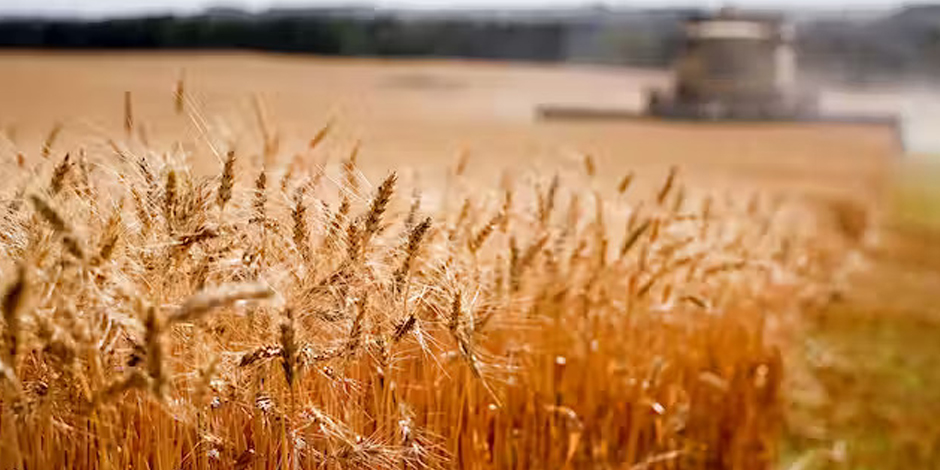
Clickable and Instagram Mable
The rise of social media has made the visual appeal of food even more critical. Neutral-colored food can be just as visually appealing as their colorful counterparts and can even be more clickable on social media. Neutral-colored food can provide a clean and sophisticated look, which can be perfect for food bloggers and influencers looking to showcase their culinary skills. Neutral-colored foods such as avocado toast, oatmeal, and hummus are examples of foods that are Instagram-worthy, and their neutral color can actually make them stand out on a crowded social media feed.
Economically Impactful
Another significant advantage of neutral-colored food is that it can be more economical than colorful food. Many colorful fruits and vegetables can be expensive, especially if they are out of season. In contrast, neutral-colored foods such as beans, lentils, and whole grains are typically more affordable and readily available year-round. Using neutral-colored foods in recipes can help save money and reduce food waste.
Neutral-colored food has many advantages that should not be overlooked. They can be just as flavorful, visually appealing, and even more economical than their colorful counterparts. The next time you’re planning your meals or scrolling through your Instagram feed, consider adding some neutral-colored food to your diet or following. You might be surprised by how tasty, photogenic, and affordable they can be.
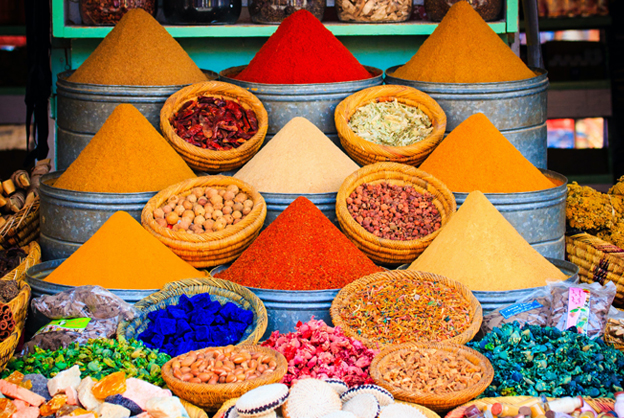
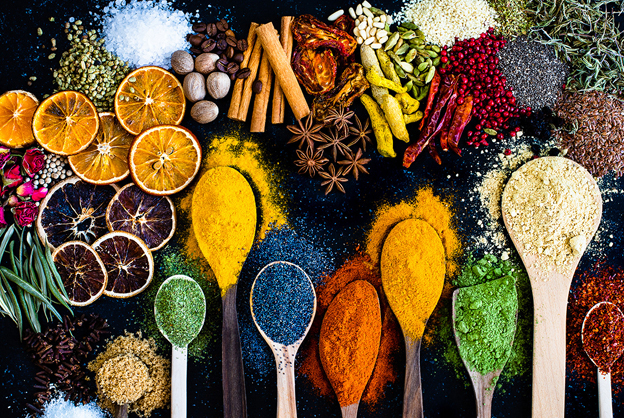

Here are Some Recent Statistics that Might be of Interest:
- According to the United Nations, global food prices hit their highest level in over a decade in May 2021, driven by rising costs of vegetable oils, sugar, and cereals.
- A 2021 study by the European Food Safety Authority found that 22% of EU households experienced food insecurity in 2020 due to the COVID-19 pandemic.
- In the United States, a 2021 survey by the Food Marketing Institute found that 85% of Americans changed their grocery shopping habits during the pandemic, with more people opting for online grocery shopping and purchasing more private-label and store-brand products.
- A 2021 report by the World Resources Institute found that reducing food waste could help cut greenhouse gas emissions by up to 6% by 2050. The report also found that nearly one-third of all food produced globally is lost or wasted each year.
- The global plant-based meat market is projected to grow at a CAGR of 15.8% from 2020 to 2027, according to a report by Allied Market Research.
- The report cites increasing health concerns and environmental awareness as drivers of the plant-based meat market’s growth.
It’s true that a colorful diet can be healthy due to the abundance of vitamins, minerals, and antioxidants found in brightly colored fruits and vegetables. However, as you mentioned, there are also many earth-toned foods that are staples in our diets and can also provide important nutrients.
While wheat is a popular neutral-colored food, it’s important to note that not all grains are earth-toned. For example, quinoa, which is technically a seed, is a neutral-colored food that has gained popularity in recent years due to its high protein and nutrient content. Quinoa is actually considered a pseudo-grain and is often used as a substitute for traditional grains like rice or pasta.
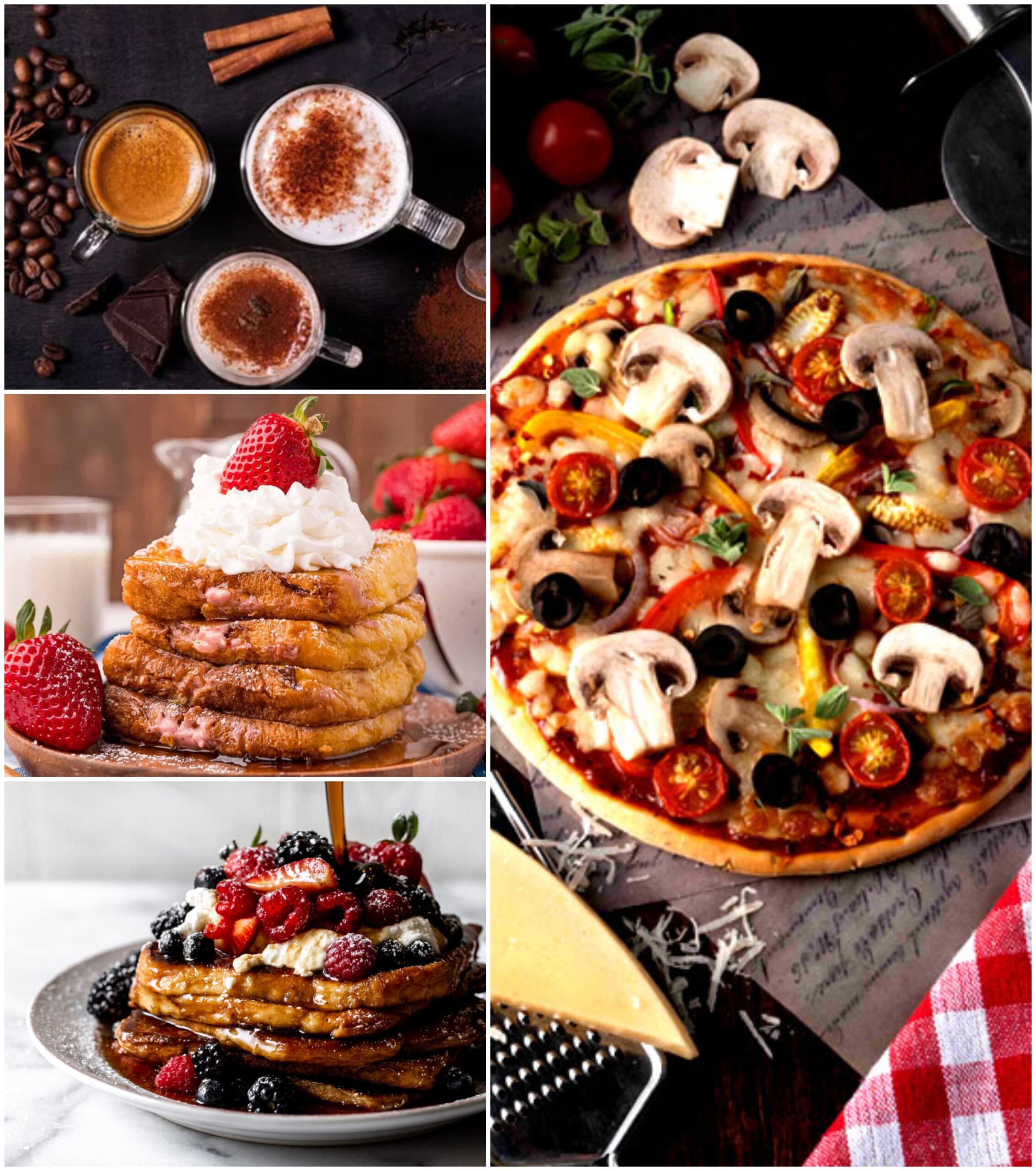
Other neutral-colored foods that are nutrient-dense include nuts, seeds, legumes, and mushrooms. These foods are rich in protein, fiber, healthy fats, and a range of vitamins and minerals. For example, almonds are a neutral-colored nut that is high in vitamin E, magnesium, and fiber, while lentils are a neutral-colored legume that is high in protein, iron, and folate.
In terms of the increased click-through rate (CTR) for wheat, it’s important to note that this may be due to a variety of factors, including the popularity of gluten-free diets and the rise in home baking during the COVID-19 pandemic. While wheat can be a nutritious part of a balanced diet for those who can tolerate gluten, it’s important to also include a variety of other neutral-colored foods in your diet to ensure that you’re getting a range of nutrients.
Earth-toned foods extend beyond just grains. Spices have become increasingly popular, with a 46% rise in click-through rate (CTR) over the past year. Berries have consistently been a highly clickable food and their CTR has continued to increase, surging 292% since last summer. Mushrooms have also gained popularity with a 220% increase in CTR since last year. Tea has seen a significant rise in CTR too, going up by 150% over the same time period. These exciting and engaging earth-toned foods offer a range of nutrients and can be incorporated into a healthy and balanced diet.
Statistics indicate that it’s a good time to feature whole grains in your food photos, but there’s still room to elevate their flavor and clickability. Consider capturing close-up shots that showcase spice rubs or include photos of mouthwatering berries atop decadent French toast. Adding fresh mushrooms as a pizza topping can also make for an appetizing and visually appealing photo. By making creative choices, your food photography is sure to grab attention and earn clicks.





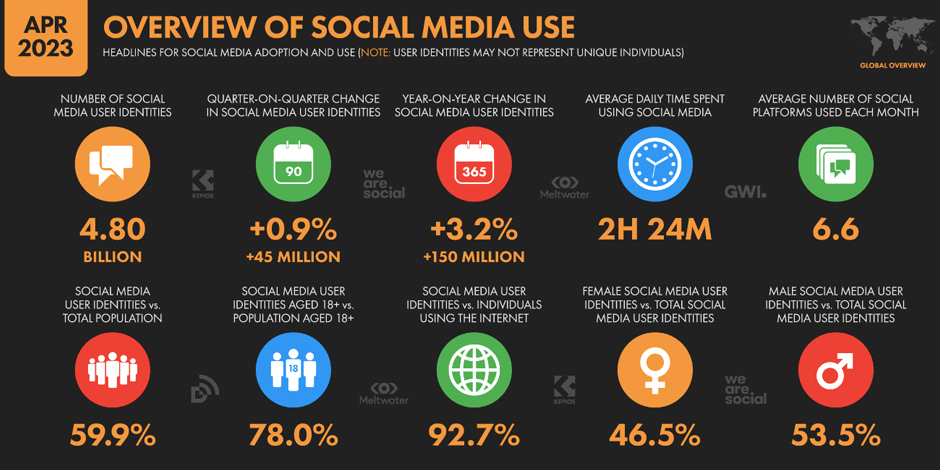

 Content Writing
Content Writing Video Marketing
Video Marketing Graphic Design
Graphic Design Lead Magnet Creation
Lead Magnet Creation Content Marketing
Content Marketing